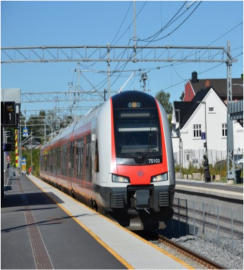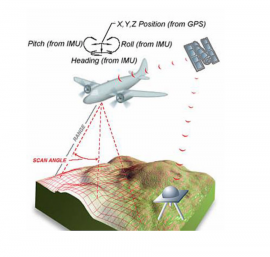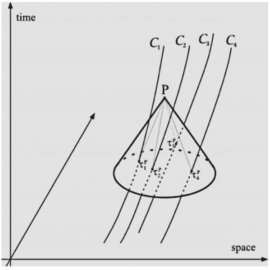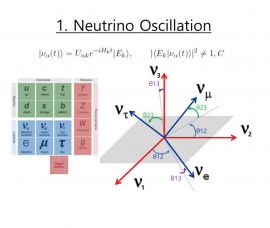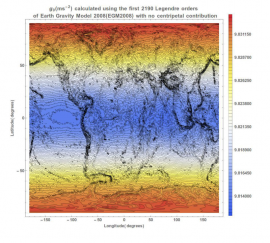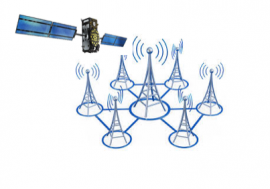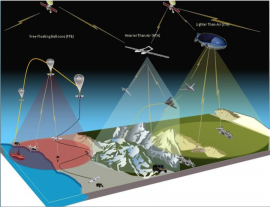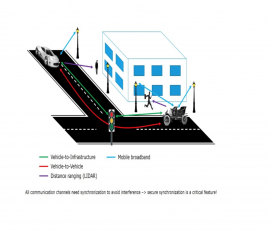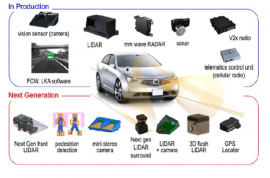Filter By
Open Opportunities
Techniques supporting Resilience for High Integrity Train Control Applications
The objective of the proposed activity is to study GNSS carrier phase integrity techniques for application in railway safety of life applications, and in particular, the evolution of the European Rail Traffic Management System (ERTMS) with virtual balise detection using GNSS.
Carrier phase positioning can achieve a significantly better performance than code-based positioning; however, to date…
esa-STAR link: http://emits.sso.esa.int/emits/owa/emits.main
GNSS/non-GNSS Sensor Fusion for Resilience in High Integrity Aviation Applications
GNSS technology has demonstrated its capability to provide very good performance in Europe up to LPV 200 based on GPS L1 (single frequency, single constellation) and is expected to reach CAT I Autoland with the future DFMC mode (Dual Frequency, Multi Constellations – GPS & GAL).
It is very challenging to improve this performance, more specifically the 6-second Time To Alert (TTA) that seems…
esa-STAR link: http://emits.sso.esa.int/emits/owa/emits.main
Feasibility study of a space-based relativistic PNT system
All GNSS in operation at present are based on Newtonian physics and rely on global reference frames fixed to Earth. Relativistic effects are treated as deviations that need to be corrected for. Precision and stability over time of the reference frames is provided via ground stations and they are limited by the Earth’s dynamics (e.g. variations of the Earth’s rotation rate, plate tectonics,…
esa-STAR link: http://emits.sso.esa.int/emits/owa/emits.main
PNT using Neutrino Particles
This proposed activity represents an innovative concept to realise Positioning, Navigation and Timing using neutrino particles. At present, standard navigation approaches – including satellite navigation – rely on direct line-of-sight RF and optical communications. Neutrinos move at around the speed of light, have no electric charge and are low mass, thus showing very low interaction with…
esa-STAR link: http://emits.sso.esa.int/emits/owa/emits.main
Quantum-based sensing for PNT
The exploitation of quantum physics has already enabled revolutionary technical applications and industries of enormous economic scale. The semiconductor industry alone is currently a €500 billion market, giving rise to industries on an even larger scale (smartphones, computing, software, etc.).
Quantum physics is now again set to radically change several industries, including…
esa-STAR link: http://emits.sso.esa.int/emits/owa/emits.main
Trusted Radionavigation via Two-Way Ranging
Wireless positioning systems based on passive ranging, as used in GNSS today, are very attractive and represent the most pragmatic and cost-beneficial solution for worldwide positioning in benign, secured environments; however, this may no longer be a one-size-fits-all solution for modern radionavigation usage as the need for complementary solutions offering adaptability, reliability and trust is…
esa-STAR link: http://emits.sso.esa.int/emits/owa/emits.main
High-Altitude Pseudo-Satellites for PNT
High-Altitude Pseudo-Satellites (HAPS) are airships “quasi-”stationed at a height of 20-30 km, in an altitude range where atmospheric winds are milder. HAPS are normally solar powered, unmanned, large, helium filled and semi-rigid; they can be operational for several years.
HAPS have been studied in the telecom domain (ESA GSP HAPPIEST study), where they were briefly considered…
esa-STAR link: http://emits.sso.esa.int/emits/owa/emits.main
Resilient, Trustworthy, Ubiquitous Time Transfer
Secure and reliable time transfer is a key enabler for the next generation of services worldwide. A number of different applications such as 5G mobile broadband, mobile multimedia broadcast, power grids, terrestrial positioning services, financial operations, IoT, big data and cloud processing will require accurate, secure and reliable time information to be able to work consistently and…
esa-STAR link: http://emits.sso.esa.int/emits/owa/emits.main
Low-Cost GNSS Antenna Arrays for Improved Performance, Anti-Spoofing, and Meaconing and Interference Mitigation
The activity primarily targets GNSS antennas for autonomous driving vehicles, which is a fast growing market.
It is foreseen that future vehicles will rely less and less on humans, and more and more on Advanced Driver Assistance Systems (ADAS), requiring reliable navigation based on several sensors (GNSS and others) in order to ensure security and safety inside and outside the vehicle in all…
esa-STAR link: http://emits.sso.esa.int/emits/owa/emits.main
Support for Institutional Projects
Focused on participating States’ priorities, the action aims at supporting their national navigation activities along the whole value chain. Element 3 configures as an ad-hoc support element, which is envisaged per country and possibly per domain, for the development and promotion of products, applications and services based on GNSS and more widely on PNT systems.
Following participating…

